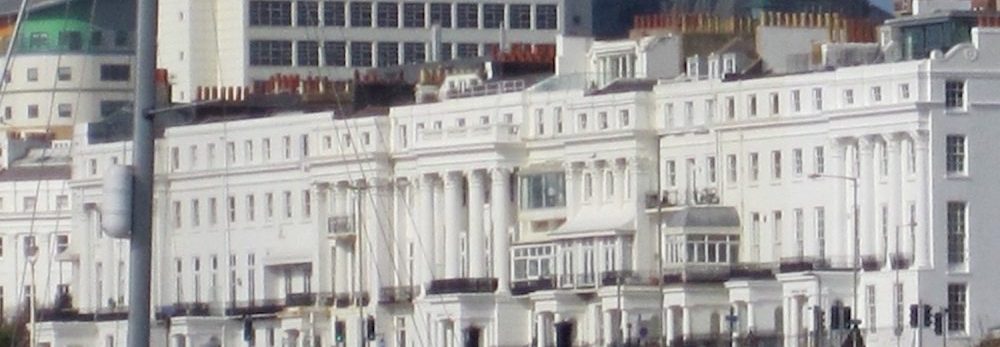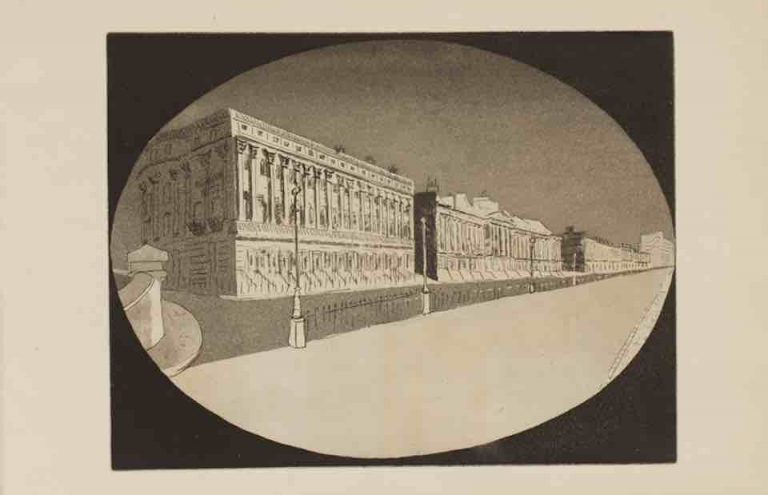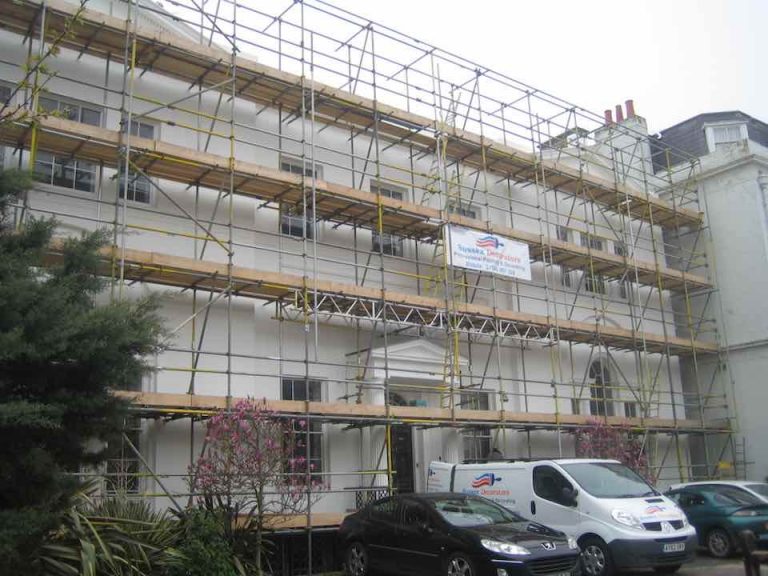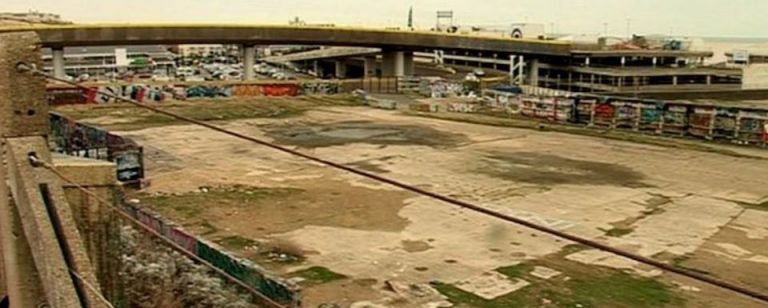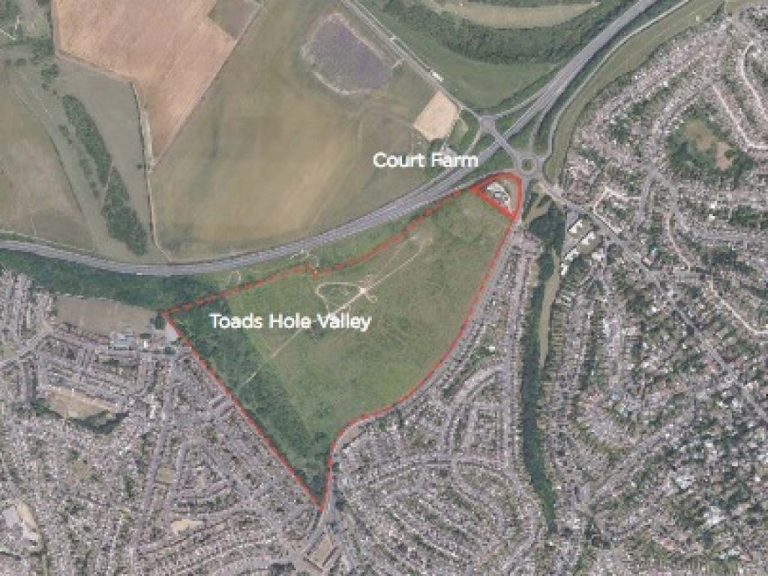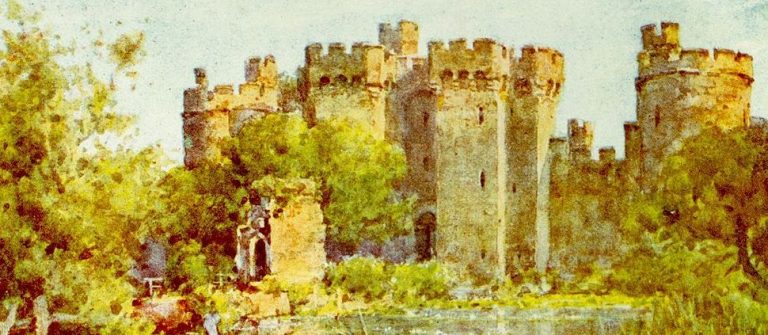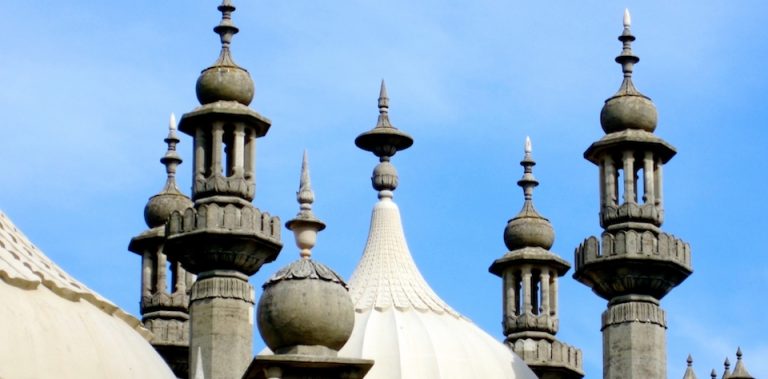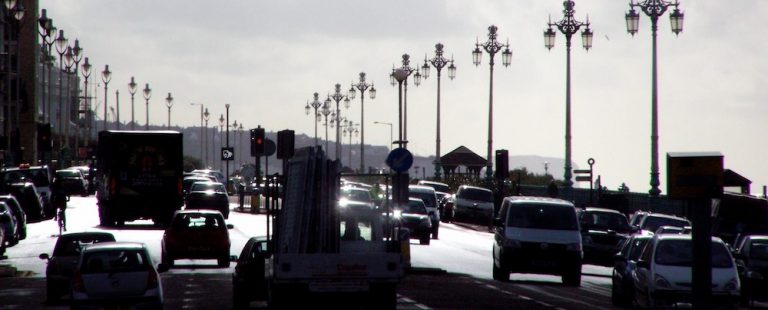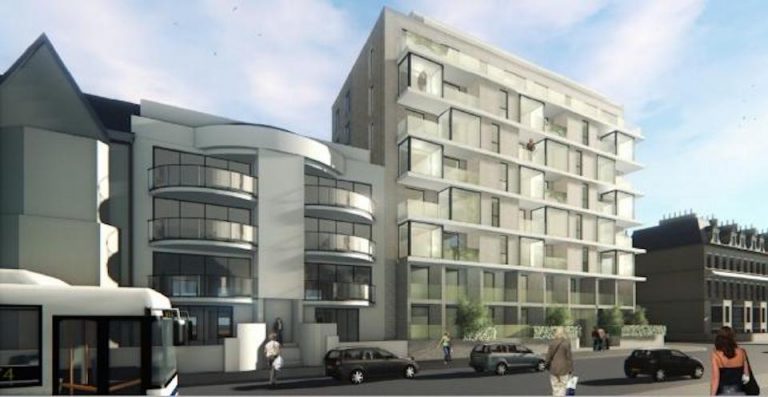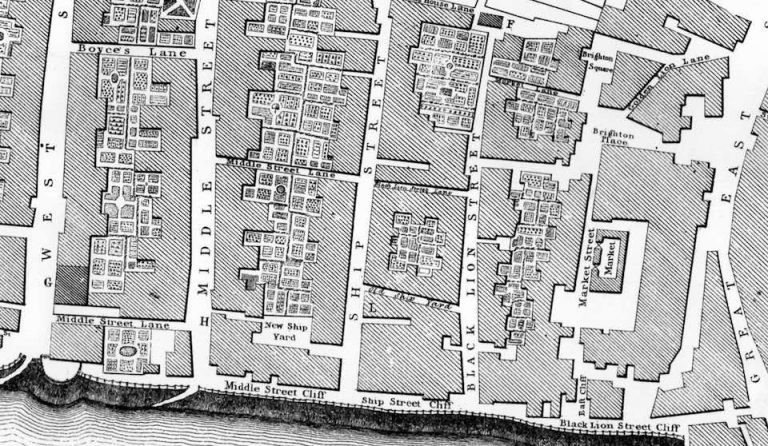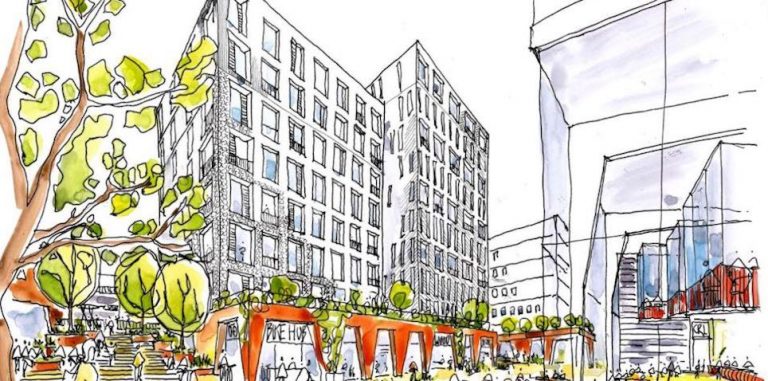John Piper's Brighton Aquatints (1939) and their multiple meaning
April 2017
John Small lecture 2017 given by Dr Alan Powers
(This lecture followed the Regency Society Annual General Meeting)
A month into the Second World War, a remarkable limited edition book was published: Brighton Aquatints by John Piper, a collection of twelve prints, with the artist's commentaries and a foreword by the 1890s relic: Lord Alfred Douglas. It was a book of elegiac memory, a reconceptualisation of the potential of modern art to engage with place and history, and also a muted alarm call regarding threats to the historic fabric of the town.
This rarely-seen book, arguably Piper's finest printmaking effort, is being republished by the Mainstone Press with a contextual and bibliographic commentary by Alan Powers; there will be an accompanying display in Brighton Museum in September 2017.
Dr Alan Powers is an art historian specialising in mid twentieth century British art, architecture and design. He has published widely on this theme, including monographs on Edward Ardizzone (2016), Eric Ravilious (2013) and Serge Chernayeff (2001). He teaches for New York University in London and the London School of Architecture. He teaches a Summer School course for the Courtauld Institute Public Programmes on Emigrés and leads tours for ACE Cultural Tours. Dr Powers is a former Chair of the Twentieth Century Society and is actively involved in the conservation of buildings.

